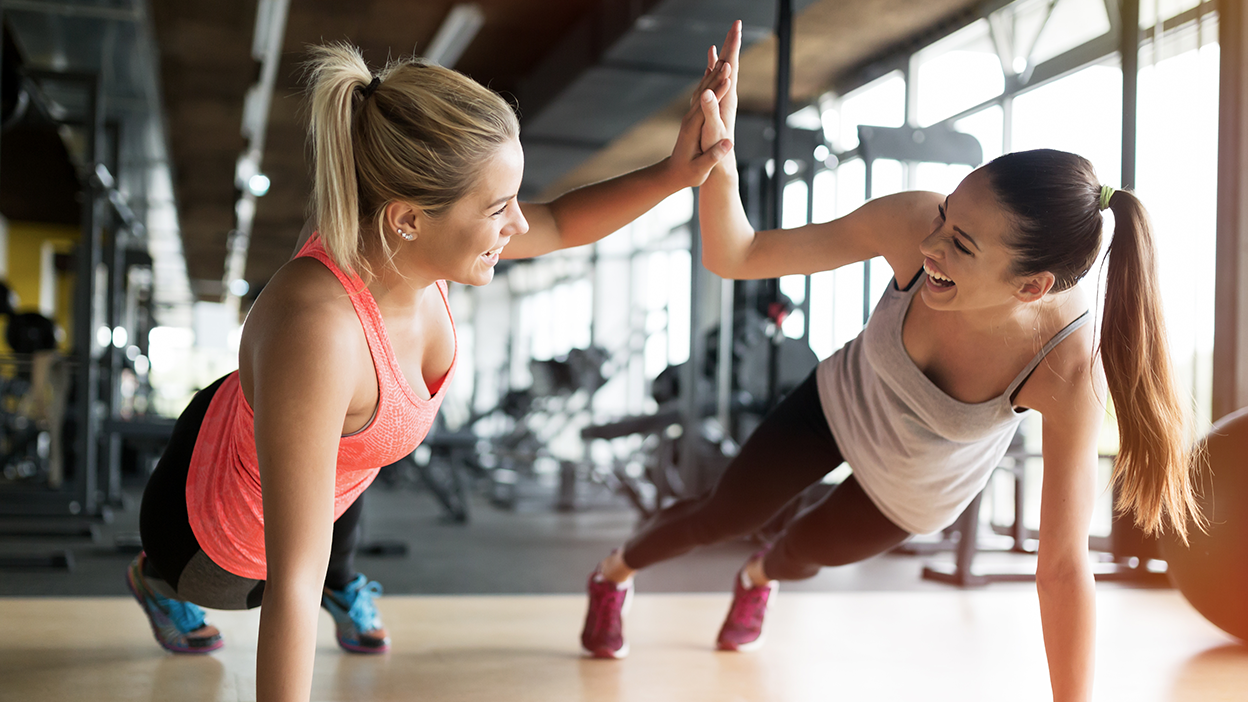Moving with the Cycle: Menstruation and Exercise
Intro
Menstruation is a natural part of a woman's life, bringing about hormonal changes that can influence various aspects of her well-being, including her relationship with physical activity.
Article
Menstruation is a natural part of a woman's life, bringing about hormonal changes that can influence various aspects of her well-being, including her relationship with physical activity.
Understanding Menstruation and Exercise
The menstrual cycle is characterized by hormonal fluctuations that can affect your energy levels, mood, and even your perception of exercise. Some women may feel at their physical peak during certain phases of their cycle, while others may experience fatigue or discomfort that may hinder their workout routine. Understanding these changes can help you adapt your exercise routine to suit your body's needs during this time.
The Impact of Menstruation on Exercise
- Physical Symptoms: During menstruation, some women may experience cramps, bloating, and backaches. While these symptoms might seem like a reason to skip your workout, light to moderate exercise can actually alleviate these symptoms. Activities like yoga, walking, or light cardio can help reduce cramps and improve mood.
- Energy Levels: Hormonal changes during the menstrual cycle can cause fluctuations in energy levels. The rise in estrogen and progesterone in the first half of the cycle (follicular phase) can lead to increased endurance, making it a great time for more intense workouts. During the second half of the cycle (luteal phase), these hormone levels decrease, which might result in lower energy levels, making it a suitable time for lighter workouts or rest.
- Emotional Changes: Hormonal fluctuations can also impact mood and motivation. Recognizing these changes can help you adjust your workout routine accordingly.
Effective Exercise During Menstruation
- Listen to Your Body: This is the golden rule. Some days, you might feel energized and ready for an intense workout, while on other days, a light walk or yoga may feel more appropriate. Adjust your workouts based on how you feel.
- Stay Hydrated: Regardless of where you are in your cycle, staying hydrated is crucial, especially when exercising.
- Nutrition: Eat balanced meals to maintain energy levels. Nutrients like iron, vitamin B6, and magnesium can help manage menstrual symptoms and support your energy levels during workouts.
- Comfortable Clothing: Wear comfortable workout clothes, particularly ones that can accommodate your chosen menstrual products.
- Menstrual Products: Choose menstrual products that you are comfortable with and that can accommodate your level of physical activity, such as tampons or menstrual cups.
- Pain Management: If cramps are making workouts difficult, over-the-counter pain relievers can be useful. However, it's always a good idea to consult a healthcare professional if you're unsure.
While menstruation and the associated symptoms can feel like a challenge when it comes to maintaining a regular exercise routine, it's important to remember that menstruation is a natural process that doesn't need to hinder your active lifestyle. In fact, with the right understanding and adjustments, exercise can become an effective tool in managing menstrual symptoms and promoting overall well-being. Always remember, every woman is unique, and what works best will vary from person to person. So, keep exploring, stay patient, and most importantly, listen to your body.







